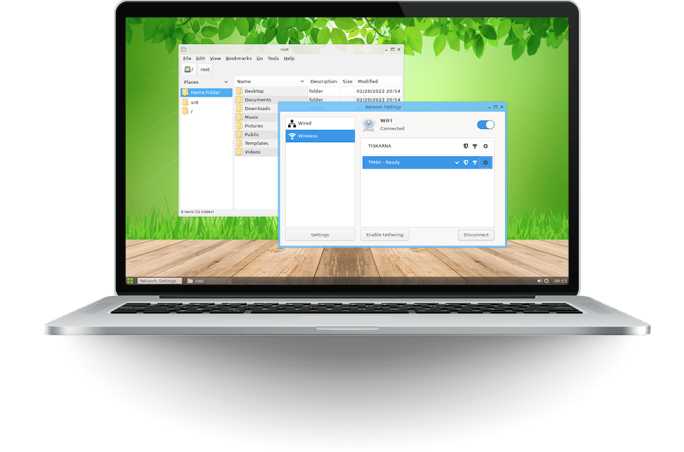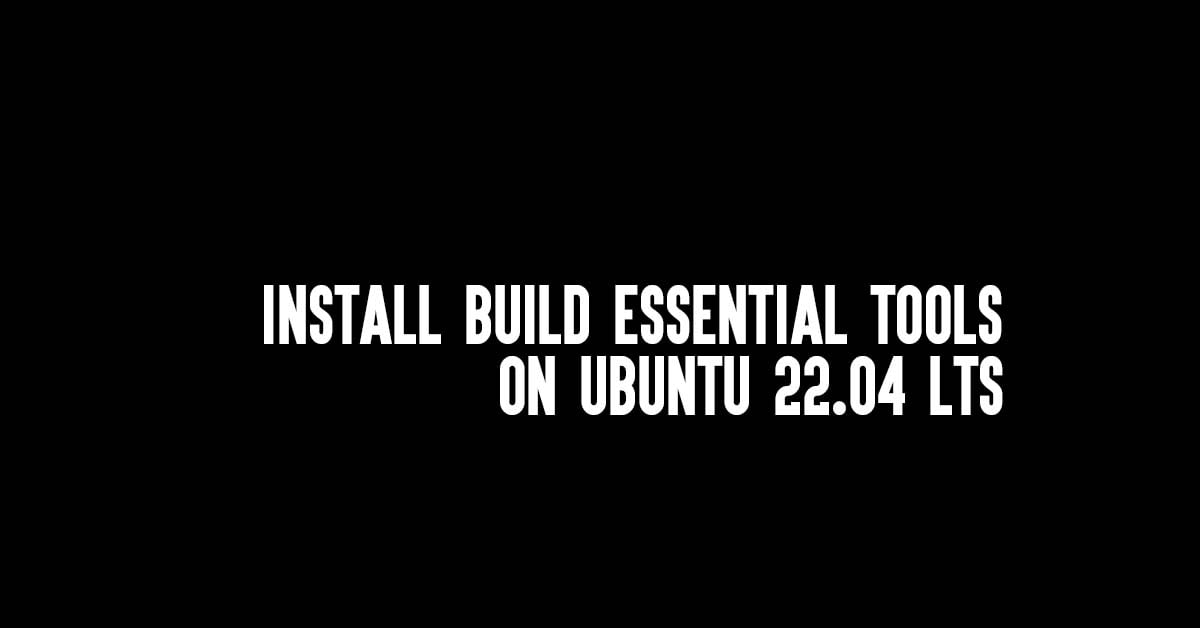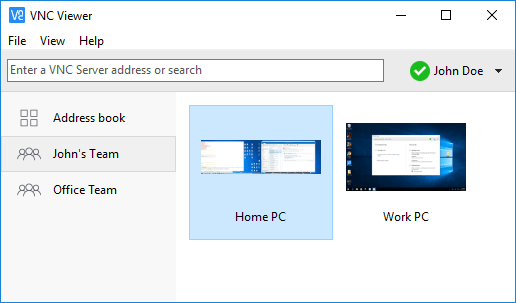Insight: How to configure automatic updates on CentOS 7 with yum-cron script.
In this CentOS tutorial post, we are going to show you the method to configure automatic updates on CentOS 7. This tutorial is also applicable for the CentOS 6 operating system.
How To Configure Automatic Updates On CentOS 7
We will be using yum-cron script to configure automatic updates on CentOS 7. Let’s install and configure yum-cron package at first. This package is already installed on your CentOS system. If not installed you can install the package by running the following command:
sudo yum install yum-cron
Enable and start the service:
sudo systemctl enable yum-cronsudo systemctl start yum-cron
To verify that the service is running:
systemctl status yum-cron
Configuring yum-cron
There are two configuration files, the hourly configuration file yum-cron.conf and the daily configuration file yum-cron-hourly.conf.
To edit the yum-cron configuration file, open the file in your text editor:
sudo nano /etc/yum/yum-cron-hourly.conf
We changed the update_cmd to security and enabled unattended updates by setting apply_updates to yes:
[commands] update_cmd = security update_messages = yes download_updates = yes apply_updates = yes random_sleep = 360
The second sections defines how to send messages.
In the [base] section you can override the settings defined in the yum.conf file. For example, you can exclude specific packages from being updated.
[base]
debuglevel = -2
mdpolicy = group:main
exclude = firefox*Finally, we are dong with the method to configure automatic updates in CentOS 7 operating system. Let us know if you have any confusion in this tutorial.







